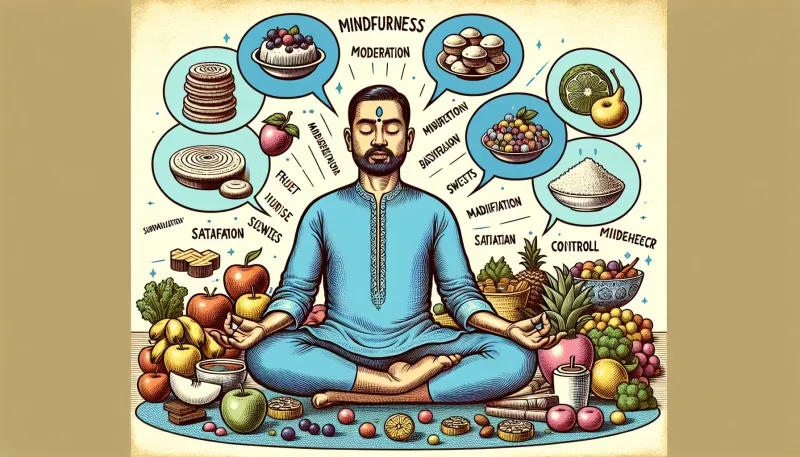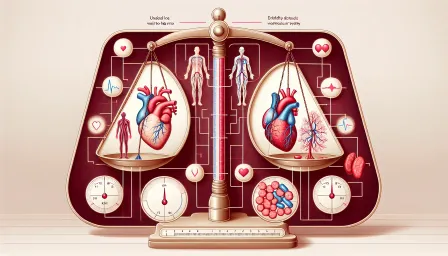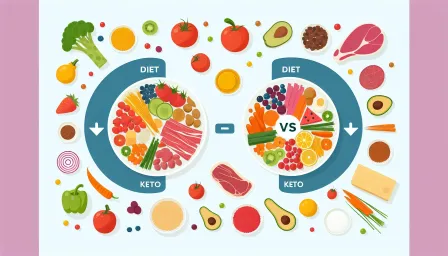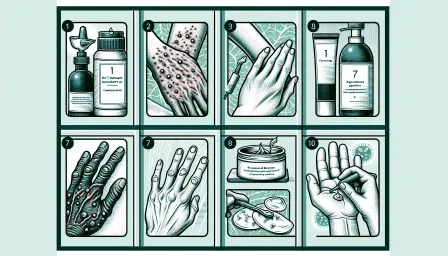Mastering Mindful Eating for Cravings: Top Strategies to Curb Your Hunger Pangs

Master the art of mindful eating for cravings with proven strategies to curb your hunger pangs and enhance your overall well-being.
Do you often find yourself giving in to cravings, only to feel guilty afterwards? You're not alone. Cravings can be a significant hurdle to maintaining a balanced diet and healthy lifestyle. However, with the practice of mindful eating, you can effectively manage and even curb your hunger pangs. This comprehensive guide will introduce you to the concept of mindful eating for cravings, offering proven strategies to help you take control of your appetite and improve your well-being.
Understanding Mindful Eating
Mindful eating is the practice of paying full attention to the experience of eating and drinking, both inside and outside the body. It involves noticing the colors, smells, textures, and flavors of your food, as well as chewing slowly and savoring each bite. Mindful eating also emphasizes recognizing hunger and satiety cues to avoid overeating. The goal is to develop a better relationship with food, one that fosters awareness and enjoyment without guilt.
Why Do We Experience Cravings?
Cravings are intense desires for specific foods and can be triggered by various factors, including:
- Emotional States: Stress, anxiety, or sadness can prompt emotional eating as a coping mechanism.
- Hormonal Changes: Fluctuations in hormone levels, particularly during menstruation, pregnancy, or menopause, can lead to cravings.
- Dietary Restrictions: Restrictive diets can induce cravings for the very foods you're trying to avoid.
- Environmental Triggers: Advertising, social settings, and even certain smells can stimulate cravings.
Understanding the root causes of your cravings is the first step towards managing them effectively.
Top Strategies for Mindful Eating to Curb Cravings
1. Pause and Reflect
When a craving strikes, take a moment to pause and reflect. Ask yourself if you are truly hungry or if the craving is a response to an emotional or environmental trigger. This practice, known as "urge surfing," can help you ride out the craving wave without giving in to it immediately.
2. Practice Portion Control
Mindful eating involves paying attention to portion sizes. By serving yourself smaller portions, you can enjoy the flavors and experience of eating without overindulging. Use smaller plates and bowls to help with portion control and prevent mindless eating.
3. Engage Your Senses
Engage all your senses while eating to enhance the experience and satisfaction derived from food. Notice the colors, textures, and aromas. Chew slowly and savor each bite to fully appreciate the nuances of your meal. This sensory engagement can make even a small portion feel like a feast.
4. Stay Hydrated
Sometimes, what we perceive as hunger is actually thirst. Staying adequately hydrated can help reduce unnecessary snacking. Drink a glass of water when cravings hit and wait a few minutes to see if the feeling subsides.
5. Keep a Food Diary
Maintain a food diary to track your eating habits and cravings. Note the times, situations, and emotions associated with your cravings. This can help you identify patterns and develop strategies to address them. Awareness is a crucial component of mindful eating.
6. Opt for Nutrient-Dense Foods
Choose foods that are rich in nutrients to satisfy your body’s needs and reduce cravings. Incorporate fruits, vegetables, whole grains, lean proteins, and healthy fats into your diet. These foods provide lasting energy and help keep hunger at bay.
7. Create a Calm Eating Environment
Distractions can lead to mindless eating and overconsumption. Designate a specific place to eat, free from distractions like television or smartphones. Focus solely on your meal to enhance mindfulness and satisfaction.
8. Address Emotional Eating
If emotional triggers are the primary culprits behind your cravings, find alternative coping mechanisms. Engage in activities such as exercise, meditation, or journaling. These practices can help you manage emotions without resorting to food for comfort.
Benefits of Mastering Mindful Eating
Practicing mindful eating offers numerous benefits beyond curbing cravings, including:
- Enhanced Digestion: Chewing slowly and thoroughly helps digestion by breaking food down into smaller particles, making it easier for your stomach to process.
- Improved Satiety: Paying attention to hunger and fullness cues allows you to stop eating when satisfied, preventing overeating.
- Better Relationship with Food: Mindful eating helps foster a healthier, guilt-free relationship with food, reducing the likelihood of disordered eating patterns.
- Weight Management: By avoiding overeating and choosing nutrient-dense foods, you are more likely to maintain a healthy weight.
- Increased Enjoyment: Savoring each bite enhances the pleasure derived from eating, making meals more satisfying and enjoyable.
Conclusion
Mastering mindful eating for cravings is a powerful strategy for taking control of your hunger pangs and improving your overall well-being. By understanding the triggers behind your cravings and implementing mindful eating practices, you can foster a healthier relationship with food and make more conscious, satisfying choices. Remember, the journey to mindful eating is gradual and requires patience and persistence. Start with small changes and gradually incorporate these strategies into your daily routine for lasting results.



























